Related Research Articles

Edward Kennedy "Duke" Ellington was an American jazz pianist, composer, and leader of his eponymous jazz orchestra from 1923 through the rest of his life.

Ella Jane Fitzgerald was an American singer, songwriter and composer, sometimes referred to as the "First Lady of Song", "Queen of Jazz", and "Lady Ella". She was noted for her purity of tone, impeccable diction, phrasing, timing, intonation, absolute pitch, and a "horn-like" improvisational ability, particularly in her scat singing.
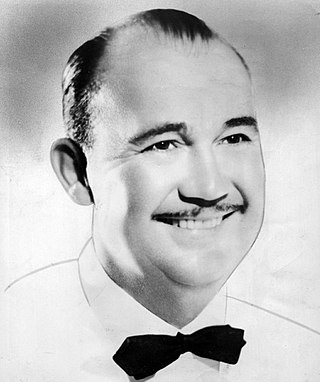
Paul Samuel Whiteman was an American bandleader, composer, orchestral director, and violinist.
Swing music is a style of jazz that developed in the United States during the late 1920s and early 1930s. It became nationally popular from the mid-1930s. Swing bands usually featured soloists who would improvise on the melody over the arrangement. The danceable swing style of big bands and bandleaders such as Benny Goodman was the dominant form of American popular music from 1935 to 1946, known as the swing era, when people were dancing the Lindy Hop. The verb "to swing" is also used as a term of praise for playing that has a strong groove or drive. Musicians of the swing era include Duke Ellington, Benny Goodman, Count Basie, Cab Calloway, Benny Carter, Jimmy Dorsey, Tommy Dorsey, Woody Herman, Earl Hines, Bunny Berigan, Harry James, Lionel Hampton, Glenn Miller, Artie Shaw, Jimmie Lunceford, and Django Reinhardt.
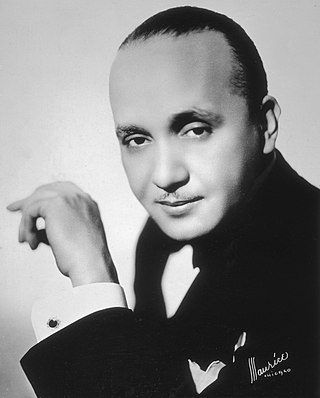
James Fletcher Hamilton Henderson was an American pianist, bandleader, arranger and composer, important in the development of big band jazz and swing music. He was one of the most prolific black musical arrangers and, along with Duke Ellington, is considered one of the most influential arrangers and bandleaders in jazz history. Henderson's influence was vast. He helped bridge the gap between the Dixieland and the swing eras. He was often known as "Smack" Henderson.

Hoagland Howard Carmichael was an American musician, composer, songwriter, actor, and lawyer. Carmichael was one of the most successful Tin Pan Alley songwriters of the 1930s, and was among the first singer-songwriters in the age of mass media to utilize new communication technologies such as television, microphones, and sound recordings.
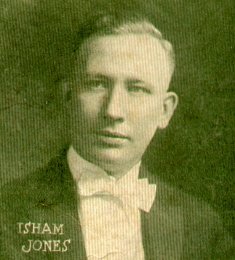
Isham Edgar Jones was an American bandleader, saxophonist, bassist and songwriter.
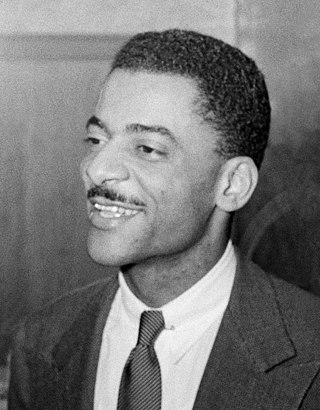
Theodore Shaw Wilson was an American jazz pianist. Described by critic Scott Yanow as "the definitive swing pianist", Wilson's piano style was gentle, elegant, and virtuosic. His style was highly influenced by Earl Hines and Art Tatum. His work was featured on the records of many of the biggest names in jazz, including Louis Armstrong, Lena Horne, Benny Goodman, Billie Holiday, and Ella Fitzgerald. With Goodman, he was one of the first black musicians to perform prominently alongside white musicians. In addition to his extensive work as a sideman, Wilson also led his own groups and recording sessions from the late 1920s to the 1980s.
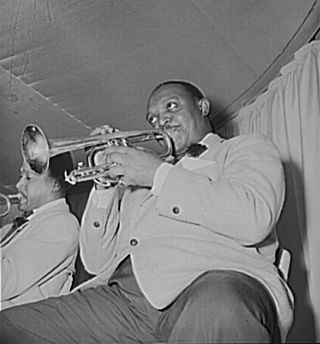
Rex William Stewart Jr. was an American jazz cornetist who was a member of the Duke Ellington orchestra.
Elmer Chester Snowden was an American banjo player of the jazz age. He also played guitar and, in the early stages of his career, all the reed instruments. He contributed greatly to jazz in its early days as both a player and a bandleader, and launched the careers of many top musicians.
Charles Green was an American jazz musician, who was born in Omaha, Nebraska, and died in New York City. He was one of the early jazz trombonists and the soloist in the Fletcher Henderson orchestra.

"Wichita Lineman" is a 1968 song written by Jimmy Webb for American country music artist Glen Campbell, who recorded it backed by members of the Wrecking Crew. Widely covered by other artists, it has been called "the first existential country song."
A string band is an old-time music or jazz ensemble made up mainly or solely of string instruments. String bands were popular in the 1920s and 1930s, and are among the forerunners of modern country music and bluegrass. While being active countrywide, in Philadelphia and its surrounding suburbs they are a huge part of its musical culture and traditions, appearing, among others, in the yearly Mummers Parade.

John Kirby, was an American jazz double-bassist and bandleader. In addition to sideman work, Kirby is remembered for leading a successful chamber jazz sextet in the late 1930s and early 1940s, which scored several hit songs including "Loch Lomond" and the debut recording of "Undecided", a jazz standard. He is perhaps the first musician in the chamber jazz genre. Earlier in his career he also played trombone and tuba.
Wayman Carver was an American jazz flutist and reeds player.
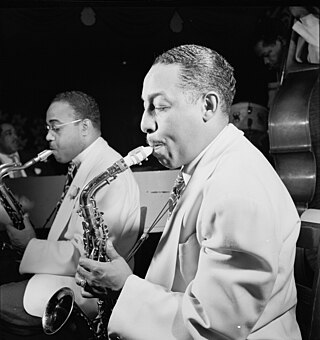
Albert Omega Sears was an American jazz tenor saxophonist and bandleader, sometimes credited as Big Al Sears.
Darnell Howard was an American jazz clarinetist and violinist.
Stanley Aubrey Wrightsman was an American jazz pianist.
Elmer "Tone" Williams was an American jazz tenor saxophonist,
References
- Footnotes
- ↑ "James, Elmer - Discography of American Historical Recordings". adp.library.ucsb.edu. Retrieved 2022-06-25.
- ↑ Ratliff, Ben (2002-11-06). The New York Times Essential Library: Jazz: A Critic's Guide to the 100 Most Important Recordings. Henry Holt and Company. ISBN 978-0-8050-7068-2.
- ↑ Gelly, Dave (2007-10-18). Being Prez: The Life and Music of Lester Young. Oxford University Press. ISBN 978-0-19-977479-1.
- General references
- "Elmer James". The New Grove Dictionary of Jazz . 2nd edition, ed. Barry Kernfeld.